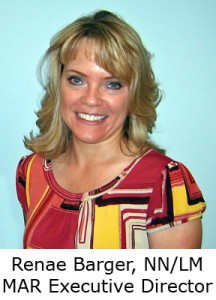HSLS offers classes on database searching, software applications such as Adobe Photoshop, bibliographic management, molecular biology and genetics, and library orientations. For more information, visit the online course descriptions.
Classes are held on the first floor of Falk Library (200 Scaife Hall) in Classroom 1 and on the upper floor of the library in Classroom 2. All classes are open to faculty, staff, and students of the schools of the health sciences at the University of Pittsburgh. They are also open to UPMC residents and fellows.
Faculty, staff and students of the schools of the health sciences will need a valid Pitt ID or e-mail account to attend these classes. UPMC residents/fellows will need to show their UPMC IDs.
No registration is required, except where noted. Seating for classes is first-come, first-served, until the class is full. Classes marked with an asterisk (*) qualify for American Medical Association Category 2 continuing education credit.
Class schedules are subject to change. Please consult the online class calendar for the most current information.
HSLS CLASSES
Current Climate of Regulations Concerning Data Management (102 Benedum Hall)
(Registration required)
| Wednesday, September 11 | Noon-1 p.m. |
EndNote Basics (Falk Library Classroom 2)
| Thursday, September 19 | 2-4 p.m. |
Introduction to HSLS Resources and Services at Falk Library
(Meet inside entrance to Library)
| Friday, September 20 | 9-10 a.m. |
Also offered upon request to groups or individuals. Call 412-648-8866.
NIH Public Access Policy Compliance Boot Camp (Falk Library Classroom 1)
| Thursday, September 19 | Noon-1 p.m. |
Painless PubMed* (Falk Library Classroom 1)
| Monday, September 10 | 8:30-9:30 a.m. |
| Wednesday, September 18 | 11:30 a.m.-12:30 p.m. |
| Thursday, September 26 | 4-5 p.m. |
| Monday, September 30 | Noon-1 p.m. |
PowerPoint for Conference Posters (Falk Library Classroom 2)
| Tuesday, September 24 | 12:30-2:30 p.m. |
Prezi for Presentations (Falk Library Classroom 2)
| Wednesday, September 18 | 10 a.m.-noon |
MOLECULAR BIOLOGY AND GENETICS RESOURCES
Locating Gene/Protein Information 1: Literature* (Falk Library Classroom 2)
| Wednesday, September 18 | 1-3 p.m. |
Locating Gene/Protein Information 2: Databases* (Falk Library Classroom 2)
| Wednesday, September 25 | 1-3 p.m. |
POSTDOC TALKS
DNA/RNA Immunoprecipitation (Falk Library Classroom 2)
| Monday, September 9 | 10:30 a.m.-noon |
How to Process Histology Images in Photoshop-the Basics (Falk Library Classroom 2)
| Tuesday, September 17 | 1-2:30 p.m. |
CUSTOMIZED CLASSES
Customized classes can be developed for your department, course, or other group.
FLASHCLASS
FlashClass is a “deal of the week” Groupon-like offer of timely and useful learning. Each week’s offer proposes one or two topics, and you’re invited to sign up to attend a one-hour class the following week. If at least three people sign up, we’ll hold the class. (We’ll notify you either way.)


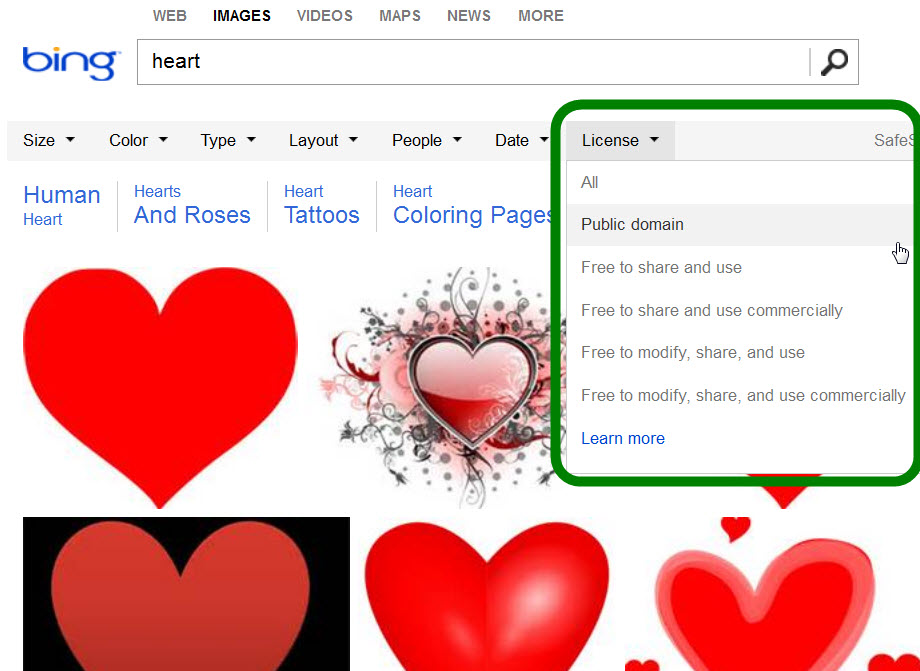
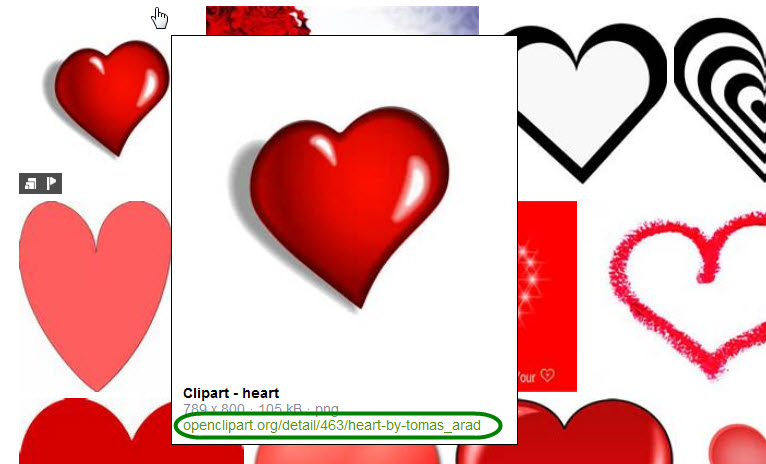
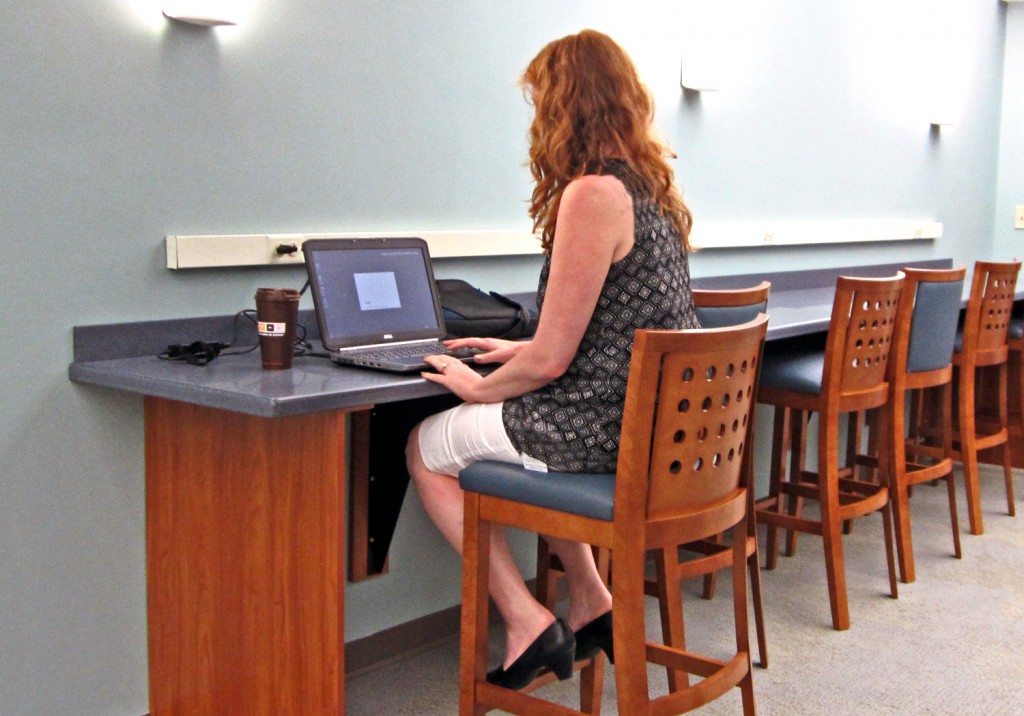
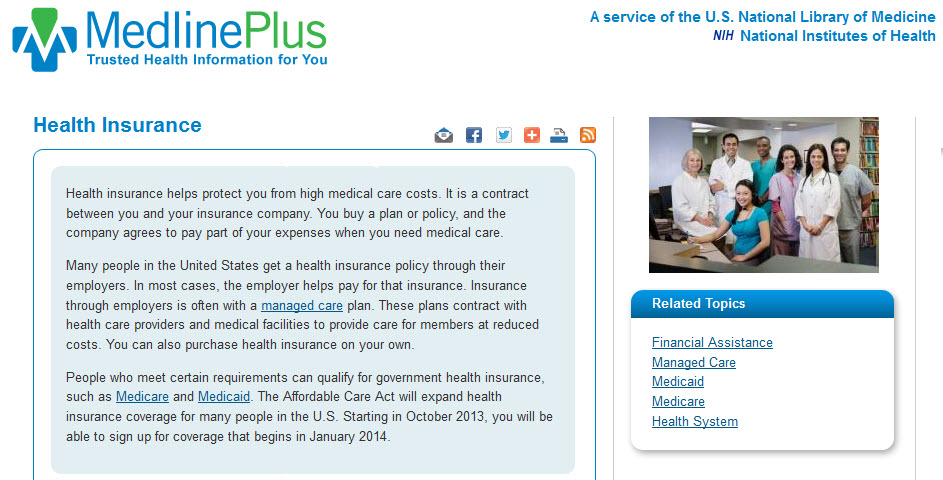
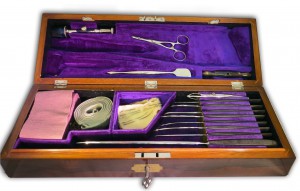 The antique amputation surgical set (c. 1890) was fabricated by George Tiemann of New York. The wooden case with a key lock is lined with purple velvet. The bottom compartment holds eight surgical knives, one artery forceps, five needles, an elastic bandage, and a tourniquet with an iron chain.
The antique amputation surgical set (c. 1890) was fabricated by George Tiemann of New York. The wooden case with a key lock is lined with purple velvet. The bottom compartment holds eight surgical knives, one artery forceps, five needles, an elastic bandage, and a tourniquet with an iron chain. 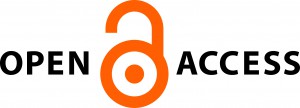 For health care and academic administrators facing ongoing financial challenges, the open access (OA) initiative and mandates for free public access to scholarly literature will continue to gain importance. Librarians play a role in explaining the difference between public access and OA.
For health care and academic administrators facing ongoing financial challenges, the open access (OA) initiative and mandates for free public access to scholarly literature will continue to gain importance. Librarians play a role in explaining the difference between public access and OA. 